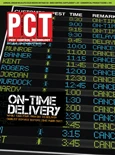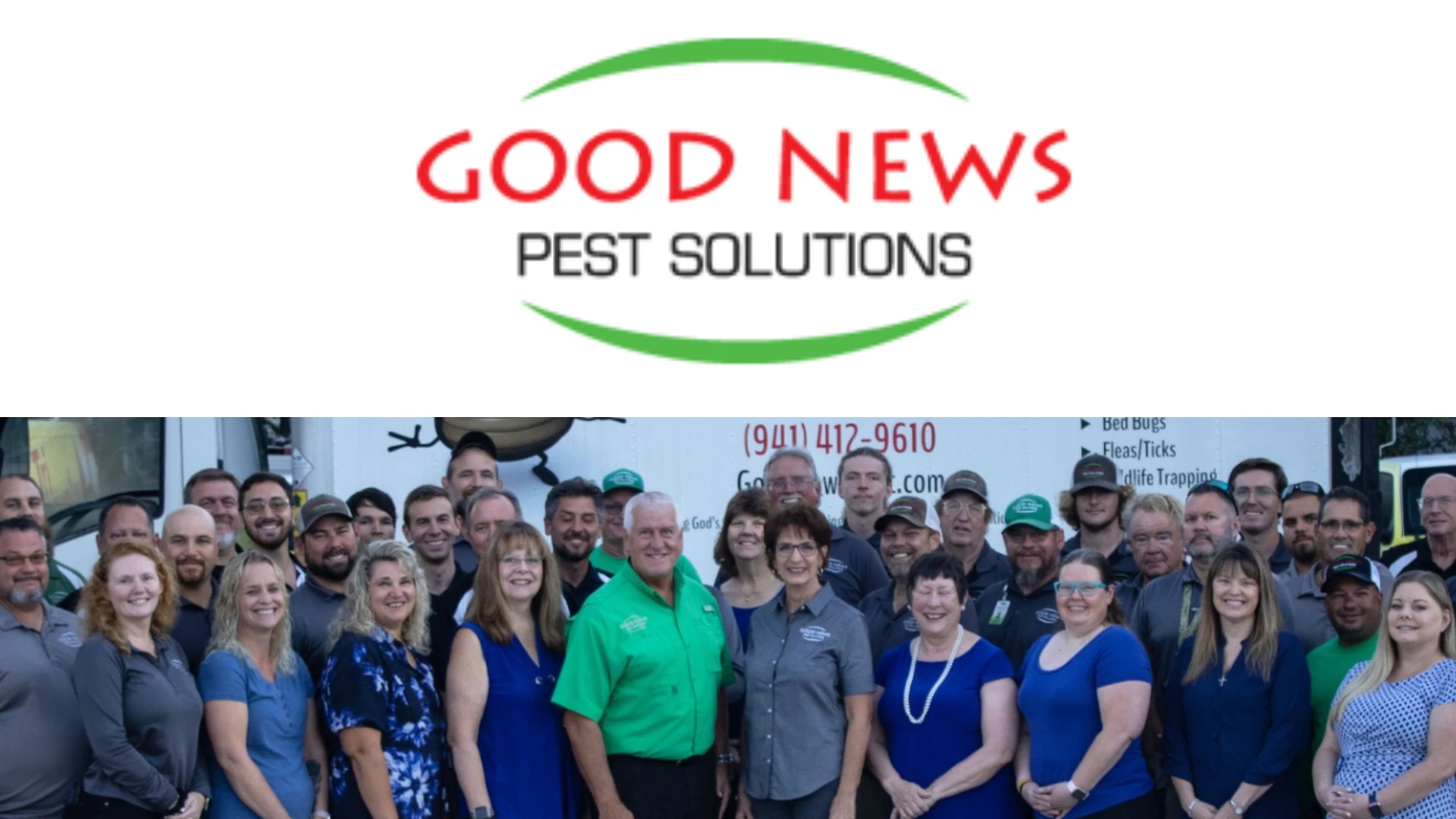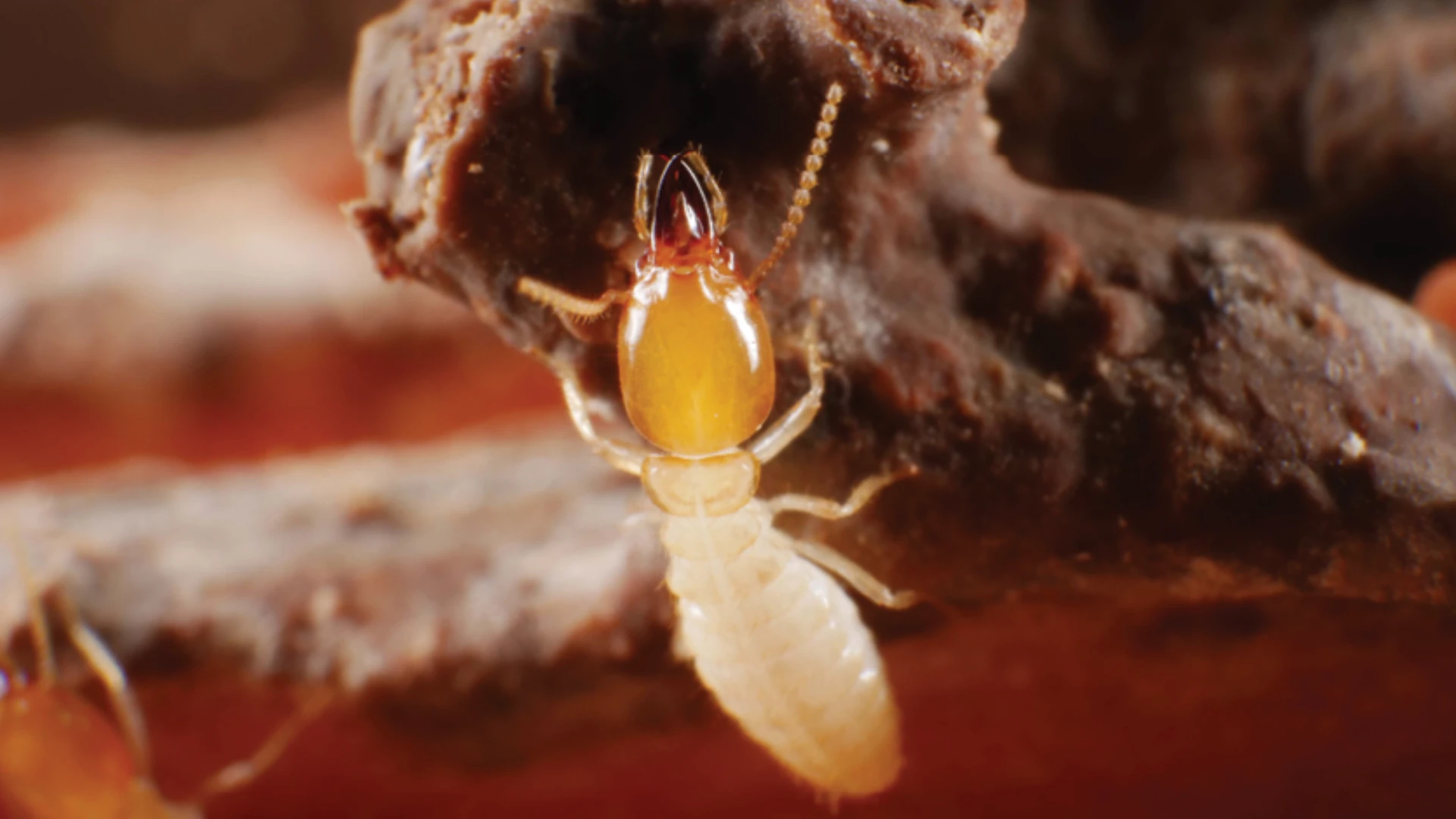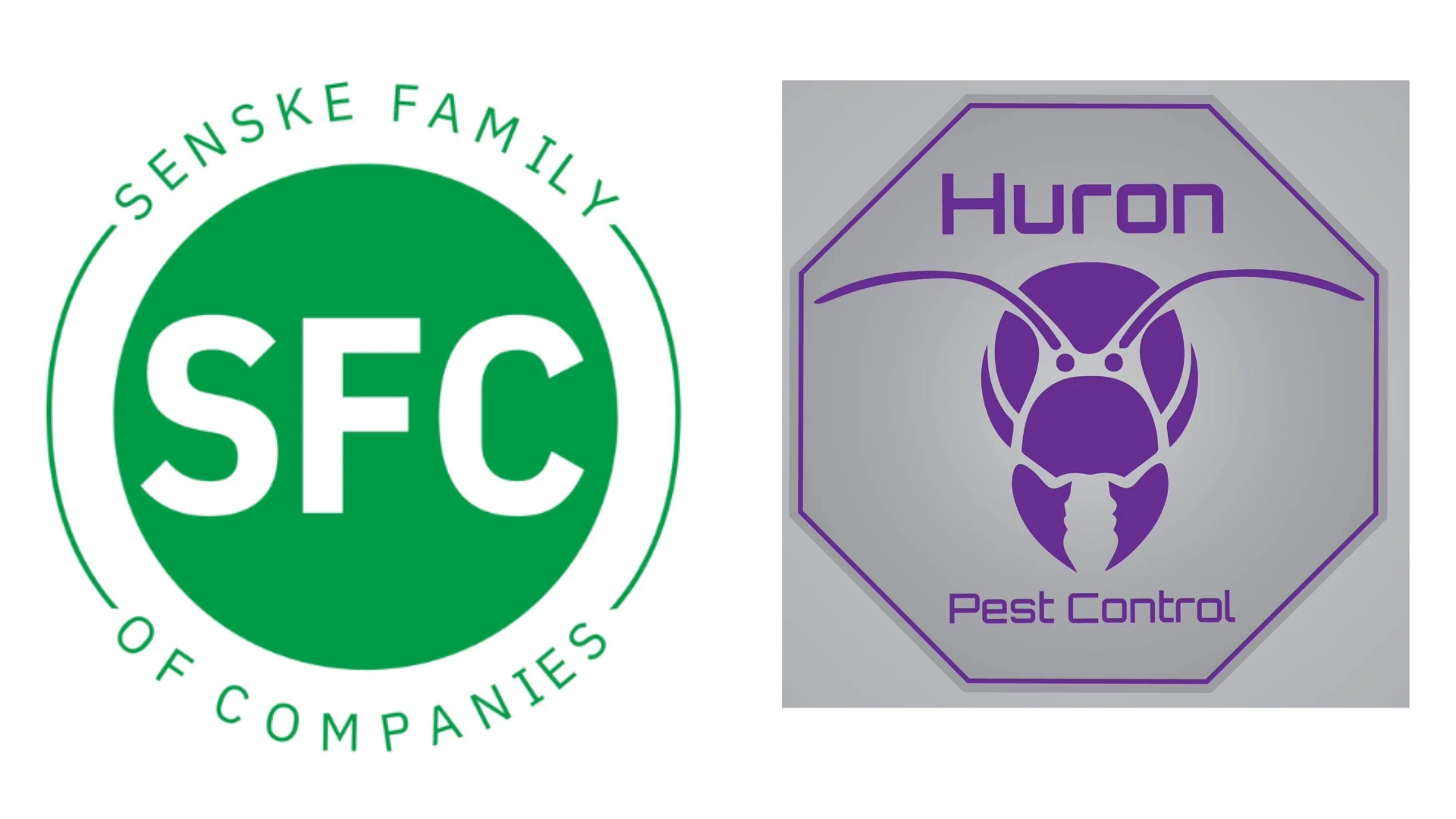As we move from late summer and into autumn, scarcely a day passes when we don’t encounter yellowjackets and paper wasps (also known as “vespids” or Hymenoptera: Vespidae). It’s the time of year when our customers become acutely aware of the multitude of nests these pests have been secretly expanding in structural voids in buildings and landscaping throughout the summer.
The predominant nuisance species of yellowjackets are the German, Vespula germanica; eastern, V. maculifrons; common, V. vulgaris; yellow-faced, V. flavopilosa; western, V. pensylvanicus; and southern, V. squamosa. The baldfaced hornet, Dolichovespula maculata, is a nuisance yellowjacket species as well.
Many people refer to all of these pests as “bees,” which requires some interpretive communication skills on the part of the pest management technician. Similarly, some people call bumblebees “yellowjackets” because their parents did.
To complicate matters further, the European paper wasp, Polistes dominulus, which was introduced to the East Coast in 1984, continues to extend its range across the United States. It looks like a yellowjacket at first glance because of the black and yellow banding on its abdomen and markings on the head and thorax. So the inexperienced person often refers to P. dominulus as “yellowjackets.”
So, what can be done to prevent (or at least reduce) these nuisance pests?
Vespid foraging woes. Yellowjackets, and to some extent, paper wasps (such as P. dominulus) get noticed from late July on, foraging in abundance for both sweet liquids and meaty foods because it’s the time of the year when insects, plant nectar and fruit are in short supply. As a result, anywhere food and beverages are located — from picnic grounds to outdoor employee break areas — become “combat zones” where people dodge, swat, curse and sometimes get stung by wasps trying to keep up with their colony’s growing demand for carbohydrates, fats and proteins.
An IPM approach to these situations will not stop yellowjackets and wasps from foraging but will reduce the volume of them around populated areas. Here are some preventive IPM measures a pest management firm could take:
- Inspect properties for nearby vespid nests and treat the site as appropriate.
- Experiment (where appropriate) with placing or applying botanical or synthetic products that demonstrate repellency to foraging vespids.
- Frequently clean up any food waste and beverage spills on tables and the ground.
- Replace open-top trash receptacles with covered receptacles, and frequently wash receptacles and replace plastic liner bags.
- Treat trash receptacles and liners with vespid-repellent botanical insecticides, where appropriate.
- Wash Dumpsters and trash compactors when they are emptied.
- Ask customers to bag all food waste before placing it in Dumpsters and carefully place bags in the Dumpster so they don’t split open.
- Suggest to customers that they locate Dumpsters away from loading docks and delivery entrances, when possible.
- Ask customers to schedule cleaning of trash receptacles and Dumpsters after dusk, when foraging has ceased. This will reduce the likelihood (and fear) of stings for employees.
- Implement a vespid trapping and/or baiting program at the perimeter of the property. Use jar traps with proven lures and stations with effective toxic baits to reduce numbers of foraging yellowjacket workers locally. (With the exception of P. dominulus, foraging paper wasps usually aren’t influenced significantly by trapping and baiting methods.)
Mystery nests. Sometimes people complain about yellowjacket and wasp nests being in trees and shrubs, but when a service technician investigates, vespid activity is observed but no nests are found. What course of action should be taken?
Some ornamentals, such as maples, willows and Arborvitae, are readily infested by homopteran pests such as aphids, scale insects, treehoppers and leafhoppers. The excreted honeydew is relished by hymenoptera and draws considerable foraging activity to infested foliage, giving the impression that a nest is nearby.
The fast solution, if an ornamentals pest applicator license is held by the company, is to apply an appropriate aqueous insecticide formulation that lists both plants and pests on the label to the shrubs or lower canopy of the trees in question.
Vespids often forage at ripe fruit on and beneath fruit-bearing trees and shrubs, leading casual observers to conclude that a nest is present. The best course of action is to have such trees and shrubs removed, if possible. The next best solution, although labor intensive, is to arrange for the ripe fruit to be removed daily from the ground and lower, outer branches. This is best done at dusk, unless protective clothing is worn. Next spring, some fruit trees can be treated with a product that causes early drop of fruit.
Entry to workspaces. The appearance of yellowjackets and paper wasps in the occupied workspace areas of buildings generally occurs September through November in temperate regions of the U.S.
This is when mated female wasps seek out overwintering sites (hibernacula) in the exterior walls, roofing, soffits and ceiling voids of buildings and then make their way into occupied areas of buildings while seeking out sources of light and warmth. Untreated nests within buildings give rise to the new generation of reproductive females and males, which make their way into the warm, lighted areas of buildings instead of outdoors. How should these situations be addressed?
- Locate the exterior entry points or nesting cavity of these vespids then treat the entry points or nesting cavity using an appropriate insecticide.
- Physically exclude all exterior entry points, if possible, to prevent further entry, after colony activity has ceased post-treatment.
- Locate all access points to occupied workspaces (i.e., HVAC and utility penetrations, skylights, etc.)
- Interior access points that cannot be excluded, such as panel or light fixture gaps in false ceilings, can sometimes be addressed by using portable insect light traps (ILTs) at wasp intercept points, such as in the void areas above false ceilings, on a temporary basis.
The author is technical director and staff entomologist, ProGuard Commercial Pest Solutions, Columbus, Ohio.

Explore the September 2009 Issue
Check out more from this issue and find your next story to read.
Latest from Pest Control Technology
- Webinar: Employee Incentives — Going Beyond the Annual Raise
- Pest Control Companies Helping Neighbors in Need Eradicate Bed Bugs
- Why Does Marketing Feel So Opaque?
- How Did This Pest Get Its Name?
- Rose Pest Solutions Honors Top Performers with Annual Chief’s Club Awards
- Doug Foster on Termite Control Equipment, Resources
- Pest Control Consultants Acquires EcoGuard Pest Control
- Pest Index Increased 9 Percent YOY in February





